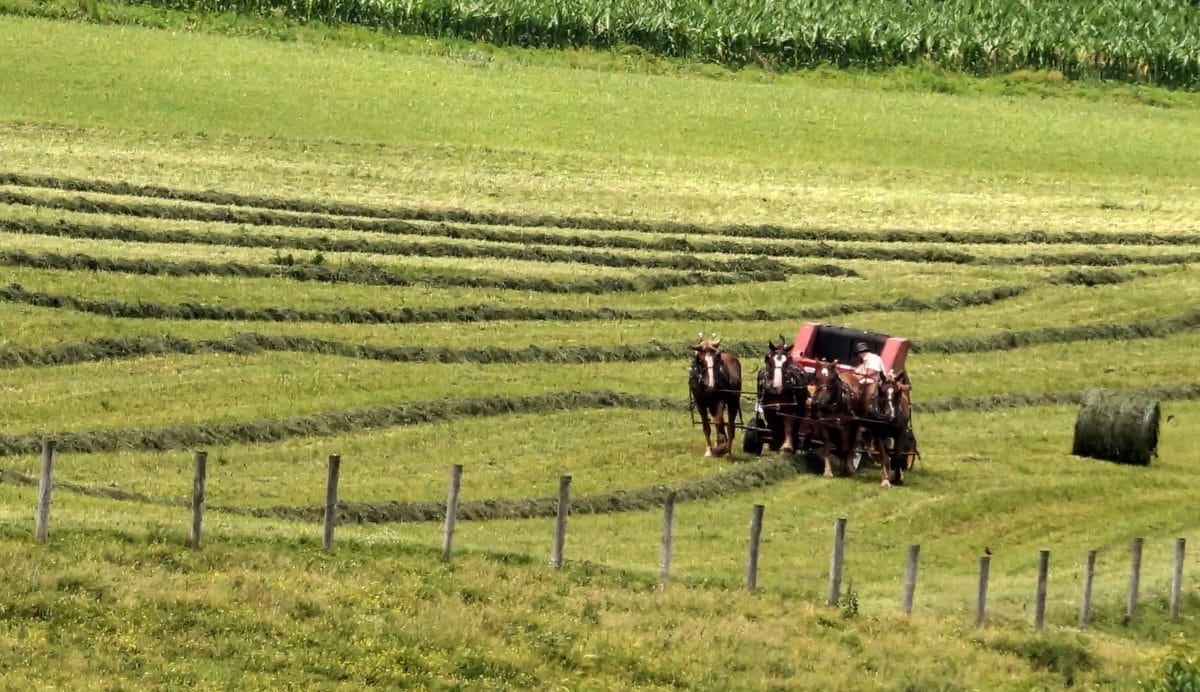Solar projects that support native grasses can sequester more carbon than cropland alone. And about all that corn for ethanol.

pv-magazine-usa.com
From an emissions-capturing standpoint, these native grassland habitats are important because they sequester almost 60% more carbon per acre than modern agricultural activities.The study modeled and averaged solar facilities in seven states in the Upper Midwest. Their modeling suggests that native grasses planted as part of 10 GW of solar generation capacity would sequester 129.3 tons of carbon per hectare; that is 65% and 35% greater than either an agriculture or a solar-turfgrass scenario, respectively.The researchers said that this volume of emission sequestration is equivalent to the emission savings of 5,000 GWh of fossil generation shifting to solar power, which would correspond to greater than 3 GW of solar capacity.
Roughly 25% of the United States’ corn acreage is used specifically to generate biofuels, which represents only around 10% of all transportation fuel. Crops to create that amount of fuel is currently using somewhere between 14 and 20 million acres of land. If that same acreage were used for solar electricity generation, we would produce an eye-popping 1.8-2.5 TWdc. Some estimates are that the U.S. could reach 100% clean electricity with roughly 1.1 TW of wind and solar combined.That leads us to a startling conclusion. Solar fields are capable of producing roughly 16 times more transportation energy per acre than our current biofuel processes, while also providing a much needed opportunity to restore our native ecosystems.






